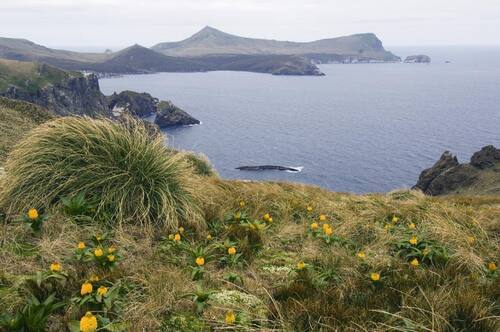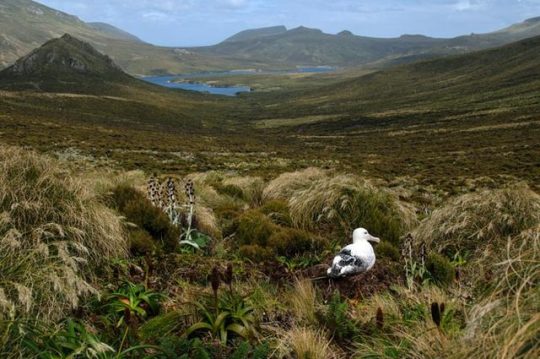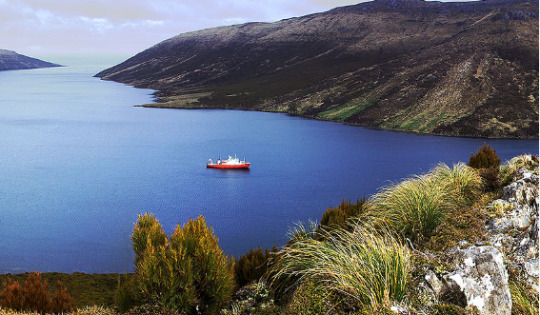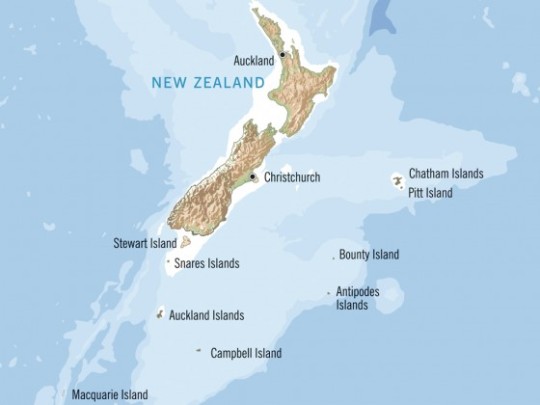#megaherb community
Explore tagged Tumblr posts
Text
vimeo
Learn a little about MEGAHERBS ! This is a trip we did in 2011 to the subantarctic islands just south of New Zealand. We were supporting research done by an amazing group of scientists from the University of Otago. Awesome people, great projects and stunning scenery. Interview of Lorna Little, Department of Botany, University of Otago, New Zealand.
1 note
·
View note
Photo







Just reading some more about the interesting “megaherb” plants and other endemic species of Campbell Island, a subanarctic island just south of and administered by New Zealand.
Some information from the New Zealand Department of Conservation (all text available here:
It is best known as the home of the albatross, with six species in residence, including the largest albatross: the southern royal. Campbell Island also has a long history of sealing, whaling and farming. The Campbell Island group is the most southerly of New Zealand’s subantarctic islands, lying 700 km south of New Zealand's South Island and 270 km southeast of Auckland Island.
The small remaining herd of cattle were eradicated from the island in 1987. During the 1970s and 1980s the feral sheep were systematically removed from the island using two fences which cut the island first in half and then again leaving approx 1/8 of the island from which they were finally removed in 1991.
Cats, which had been introduced during the farming days, died for an unknown reason prior to the mid 1990s. In 2001 Norway rats were eradicated from the island in the world's largest rat eradication project. The island's rat-free status was confirmed in 2006.
Since the eradication, vegetation and invertebrates have been recovering, seabirds have been returning and the Campbell Island teal, the world's rarest duck, has been reintroduced and the snipe and pipit have reintroduced themselves from the predator free outlying islands.
The island has a cold, cloudy, wet and windy climate. It receives only 650 hours of bright sunshine annually and it can expect less than an hour's sunshine on 215 days (59%) of the year.
Rain falls on an average of 325 days a year and wind gusts reach over 96 km per hour on at least 100 days each year. Variations in daily and annual temperatures are small, with a mean annual temperature of 6°C , rarely rising above 12°C.
Birds
Campbell Island is home to six species of albatross, including black-browed, greyheaded, lightmantled sooty and a small population of Gibson's Wandering albatross.
Several critically endangered birds are endemic to the Campbell Island group.
Campbell Island teal (Anas nesiotis) were reintroduced to Campbell Island in 2004 after an absence of many years. Previously, Campbell Island’s huge population of Norway rats wiped this small, flightless, nocturnal species of duck off the island. Only when the rats were eradicated could they be returned.
Read more about the return of teal to Campbell Island.
The Campbell Island snipe (Coenocorypha 'Campbell') was unknown until 1997 when, during a search for the Campbell Island teal, there was the chance discovery of a small population on Jacquemart Island.
Since Campbell Island’s rat eradication Campbell Island snipe have begun naturally re-introducing themselves to the main island where they are recolonising rapidly.
Endemic plants and freshwater invertebrates
Campbell Island is known for its megaherbs – herbaceous, perennial wildflowers characterised by their great size, with huge leaves and very colourful flowers, which have developed as an adaptation to the harsh weather conditions on the islands.
The streams and tarns of Campbell Island are home to a moderately diverse community of freshwater invertebrates– many of which are endemic to the island (ie, found only there).
An identification key for the Island’s freshwater fauna (external site) has been produced by EOS Ecology.
Sources: Photo 1 - By UNESCO World Heritage Centre Photo 2 - By John Bozinov Photo 3 - An albatross, by Andy Palmer, published at Teara. Photo 4 - By Pont Lurcock, published at Teara. Photo 5 - A field of “megaherb” species Pleurophyllum speciosum. New Zealand Department of Conservation. Map 1 - Source Map 2 by Climate Trends at WordPress
18 notes
·
View notes
Text
What’s with October and food courts closure. If you’re already sad because of the impending closure of Subang SS15’s Asia Cafe, be prepared for more heartbreak. It’s not the only iconic food court that’s closing down come October. Ming Tien food court, the iconic almost 24-hour eatery that many Petaling Jaya (PJ) residents will be familiar with, will finally close its doors.
Like the closure of Asia Cafe, the plans for Ming Tien aren’t exactly new. The announcement for its redevelopment was made way back in 2015 and it’s days were numbered. The only saving grace was that there was no set date for its closure and two years since the announcement, Ming Tien seemed to still be going strong.
The only saving grace was that there was no set date for its closure and two years since the announcement, Ming Tien seemed to still be going strong. Alas, the day that PJ residents will lose the familiar 24-hour, open-air eatery is finally coming. Come 31 October 2017, Ming Tien will be no more.
The news of its closure came to us around the same time we found out about the Asia Cafe closure. While Ming Tien’s management did confirm with us that the food court’s closure was imminent, they did not give us a specific date. We did, however, manage to ascertain the last day after talking to various stall owners in Ming Tien.
And it’s not only the iconic food court that’s going to disappear. The other shops surrounding Ming Tien will be closing as well, including the badminton court that houses Michael’s Badminton Academy and the discount store Fun Cheer, though we have yet to ascertain when they’ll be closing exactly.
Megaherbs Supermarket has shifted their premise from beside Ming Tien to across the road
The building where the pet store, Pet Family was previously located has already undergone demolishment and the Megaherbs supermarket has moved their establishment across the road, next to the 7-11.
The area where the pet shop used to be located has already been demolished
And if you’re wondering just what will be replacing this beloved food court and community space, like Asia Cafe, a new mixed-development building will take its place, comprising of a 31-storey serviced apartment, retail and office space. The property developer that’ll be doing it would be PPB Group Bhd, a company under Malaysia’s Richest man, Robert Kuok.
The new 31 Story mixed development that will replace Ming Tien Foodcourt
It’s really sad to see old familiar places being torn down to make way for big, sometimes soul-less developments and hopefully, this is the last news we hear of a beloved and iconic eatery being torn down.
#gallery-0-3 { margin: auto; } #gallery-0-3 .gallery-item { float: left; margin-top: 10px; text-align: center; width: 33%; } #gallery-0-3 img { border: 2px solid #cfcfcf; } #gallery-0-3 .gallery-caption { margin-left: 0; } /* see gallery_shortcode() in wp-includes/media.php */
The area where the pet shop used to be located has already been demolished
The new 31 Story mixed development that will replace Ming Tien Foodcourt
Megaherbs Supermarket has shifted their premise from beside Ming Tien to across the road
Megaherbs Supermarket has closed their old premise next to Ming Tien
Taman Megah’s Ming Tien food court will also be closing in October 2017 What's with October and food courts closure. If you're already sad because of the impending closure of…
0 notes
Text
#2316 - Anisotome aromatica - Kopoti


AKA Ligusticum aromaticum, Aromatic aniseed. Common aniseed. and pinakitere. Anisotome means 'unequal sides' but I don't know which part of the plant they're referring too.
One of 17 species in the carrot family, native to New Zealand and Australia. This particular one is found in alpine areas in New Zealand. Others form part of the Megaherb community on the subantarctic islands.
As you can see, very popular with whatever insects found themselves near the peak of Mt. Ruapehu. The seeds are winged and wind-dispersed.
Mt. Ruapehu, North Island Volcanic Plateau, New Zealand
10 notes
·
View notes